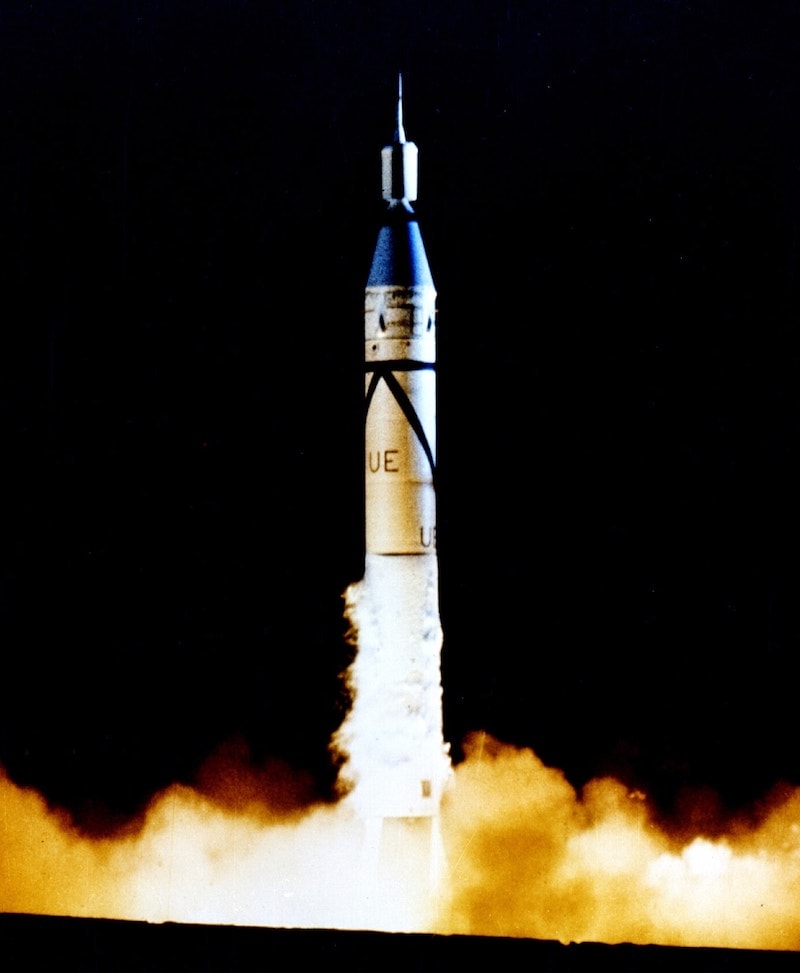Author's Note: Okinawan efforts to have Karate registered as an intangible Okinawan cultural asset with the UNESCO (United Nations Education, Scientific and Cultural Organization) are underway for several years. The catchphrase government and karate officials use states that "Okinawa is the Birthplace of Karate"―which targets the center of an ongoing dispute about karate's "true" origin. Many martial arts historians consent that karate is indeed an indigenous Okinawan martial art form, initially called "Te", whereas some other authors claim that karate was developed out of Chinese ch'üan fa.
This article supports the perspective of Te or Ti, the predecessor of Kara-Te-Jutsu, being an indigenous Okinawan martial art for self-protection, as genuine as it can be, created, rooted, and developed on the Ryukyu Islands some 500-1,000 years ago. The art was unknown on mainland Japan during all these centuries and was honed to perfection on Okinawa, independently from Japan's samurai and budo-tradition until, in the 1920s, mainland Japan engrossed the art and "Japanized" it as "disarmed" Karate-Do with its new purpose of health-related self-perfection.
Karate-Jutsu or Karate-Do?
First of all, we need to clarify a confusion which is created by the undifferentiated use of the same term "karate" for all the art's fundamentally different variations. In all other Japanese martial arts, we see different labels for their initial koryu [traditional] martial use, and for their modern derivatives. For instance, there is the term ju-jutsu, for the original combat martial arts version used by samurai, and there is the different term judo for ju-jutsu's modern sports variation. However, we do not see comparable different terms in today's karate; instead, the same term is used for its genuine Okinawan self-protection combat version, as well as for its Japanized "athletic gymnastics", i.e. its spiritual and health-related self-perfection version, as well as for its modern sports-competition-versions.
To clearly distinguish these three significantly different karate types, and in line with a discussion of karate authorities in 1936, I use the term "Karate-Jutsu" for the classic Okinawan self-protection version; the term "Karate-Do" for the "Japanized" modern self-perfection version with its emphasis on the "Do" [path], and the term "Sports-Karate" for the art's new competition versions, which were created in the 1950s.
Resolving the Origin Dispute through Historic Reasoning
The issue martial arts historians are confronted with is that no written records about the origin of Te exist, due to centuries-long secrecy, due to natural disasters, and due to bellicose destruction. Correspondingly David Chambers points out in his book, Okinawa Karate―The Exquisite Art, that "the earliest known records were from the 18th-century, and they tended to be vague and prone to misinterpretation. Therefore, the generally accepted theory was that there had long been an indigenous fighting method in Okinawa called Ti (hand)."
When historic facts and documents are not available, which is the case here, research of secondary sources, mostly collecting "oral history" as interpretations of witnesses' statements, results in an assortment of historic possibilities. To overcome such a status of eclectic "everything may be possible and everything is equally important," the findings need to not just being listed, but to be understood through a "hermeneutic" lens: the findings need to be interpreted within the context of the socio-economic conditions at that time to make sense. This is the approach I use here. "Hermeneutic" in historic research has a benefitting outcome comparable to "empathy" in psychology: it allows to understand better.
Example: An American Innovation Integrated German Engineering
Let's use a metaphor to illustrate our historic reasoning about Karate-Jutsu's origin: Do you believe that the US-American Space program is a genuine US-American project, created by the NASA, the National Aeronautics and Space Administration and its predecessor NACA, the National Advisory Committee for Aeronautics? Yes, of course, you would agree, and you would be correct, since for more than 100 years these US-American agencies developed and launched their missions.
As one of these missions in the 1950s, the engineer and rocket scientist, Wernher von Braun, and his team developed the first transportation rocket that was able to accommodate a satellite payload. Using that rocket, the "Jupiter C" (see photograph below), the West's first satellite was successfully launched in January 1958 and kicked-off America's new space program.
German Engineering Was Integrated
However, are you aware that Wernher von Braun as well as his team, embodying the then leading US-experts in rocket science and in the development of space technology, were actually German rocket technology pioneers, researching and working over there before and during WWII?
As Nazi-Germany's rocket scientists, Wernher von Braun and his team developed self-flying bombs and rockets; for instance, the V-1, the world's first self-flying bomb, and the V-2 rocket; the world's first guided, 45-foot-tall, long-range ballistic missile. More than 8,000 V-1 bombs and more than 3,000 V-2 rockets were launched to bomb London and other European cities. After the war the United States as well as the Soviet Union captured large numbers of V-2 rockets and used them in research that led to the development of their missile and space exploration programs. Wernher von Braun was secretly moved to the US and naturalized, along with about 1,600 other German scientists, engineers, and technicians.
In other words, the entire transportation technology for the US-American space program in the 1950s was masterminded by German-born, German-raised, and German-educated experts and even the leadership of NASA's "launch and operations center" which was later called "mission control center" was headed by Germans.
 US Space Program
US Space ProgramBut the US Space Program Remained an American Innovation
But, why do we―correctly―call the US-space program "American" and not "German"? It is because the program's intellectual framework, its intentions, purpose, philosophy, and leading idea, as well as its missions and projects were, from its very beginnings, created by Americans in the United States.
These Americans in charge in relevant political and military institutions, as well as in related administrative organizations, carefully integrated foreign knowledge and skills as useful improvements into an existing idea, into an existing intellectual framework and concept.
Applying Historic Reasoning to Karate-Jutsu's Origin
Applying the similar argument, an existing Okinawan martial art with its clear intention and purpose of self-protection integrated foreign (here: "Chinese") knowledge and skills as a useful improvement into its existing system, into its existing idea, its existing concept and intellectual framework.
In other words, Chinese martial arts were undoubtedly included into Te perhaps after the famous thirty-six Chinese families took up residence in Okinawa in the late 14th century to spread crafts and arts. Perhaps because Okinawan nobility as well as Okinawan karate masters used to study in China, too. Perhaps because Chinese sailors (Chinto), guards (Ason), royalties and/or military envoys (Kusanku, Wanshu) taught the art to Okinawans. However, these Chinese martial arts were integrated into Te, they did not cause Te, and validated historic sources about their first seminal impact are missing.
According to Gichin Funakoshi in his book, Karate-do Kyohan—The Master Text, and in support of my argument, it is rather believed that Okinawan martial arts experts versed in Chinese boxing "altered the existing martial art, called Okinawan-Te, weeding out its bad points and adding good points to it, thus working it into an elegant art."
Because of the lack of verified historic facts, all statements on karate history should be generally taken with a pinch of salt and carefully double-checked. Our hermeneutic historic reasoning seems plausible though, as every Asian country or kingdom has its genuine ancient martial art. This was a simple necessity to survive, because as long as tradition goes, records, memories, myths, and legends describe fights, battles, wars, crime, and combat as a violent constant throughout history.

One of these genuine ancient martial arts forms was Te on the Ryukyu Islands, created 500-1,000 years ago, in Gichin Funakoshi's words "peculiar to Okinawa in its origins", independent from mainland Japan's bushido, martial arts, and samurai-traditions, and genuine as it can be. Chinese martial arts were later integrated into Te as improvements―supposedly with their peak impact in the late 1700s and 1800s―without sacrificing but supporting Okinawan karate's essence, i.e. its true purpose and intention of self-protection and protection of one's life.
The above is a modified version of an original article by Hermann Bayer, Ph.D., which appeared in Japanese in the Okinawa Karate News, #175 and #176, 2021. Dr. Bayer is also the author of Analysis of Genuine Karate: Misconceptions, Origins, Development, and True Purpose, publication date October 2021, by YMAA Publication Center, ISBN: 978-1-59439-843-8.



